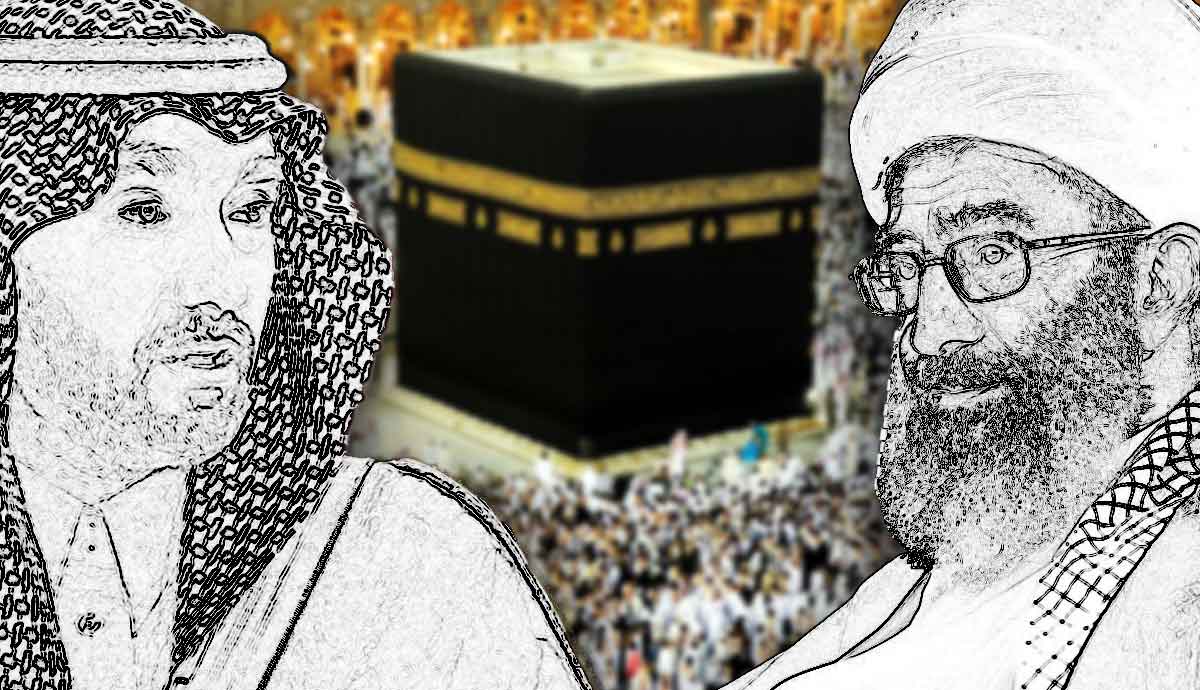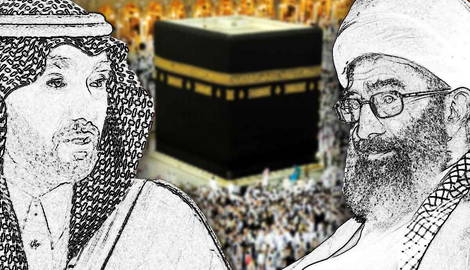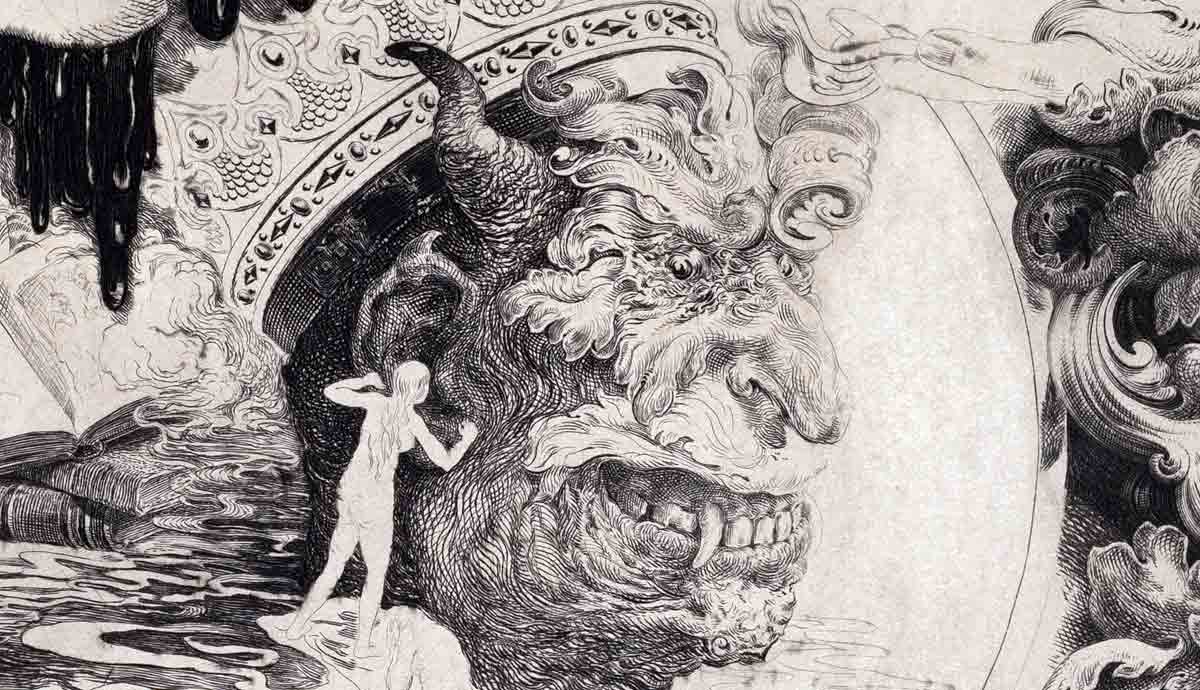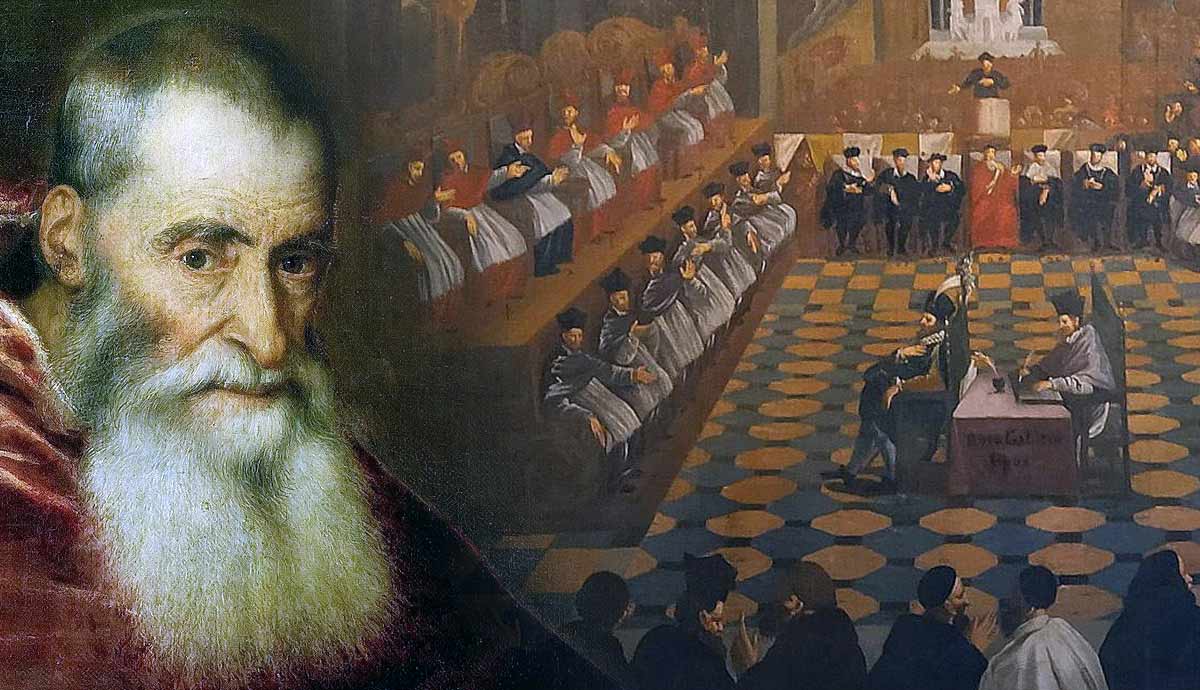
According to Muslim tradition, Muhammad’s prophetic status was well-established among his followers before his death. However, a disagreement emerged soon afterward about the prophet’s death regarding his intent for the leadership structure of the fledgling Muslim community. The issue was never resolved, and the two major branches of Islam that exist today can be traced to this early conflict. This divide does not explain all conflicts in Muslim-majority societies, but it is one of the key factors at work in many modern conflicts in West and Central Asia.
What Is Abu Bakr, The First Caliph?

Muhammad was born into an Arabia characterized by tribal factionalism. Various monotheistic faiths had been present for centuries in the region, but the majority of Arabs were devoted to multiple deities. Muhammad’s message of God’s oneness galvanized many of these disparate groups into a single “ummah”—the emerging “nation” of Islam.
But belief in one God did not bring peace to Arabia. Upon Muhammad’s death, many tribes that had professed to be his followers rebelled against the new leader of the ummah, Muhammad’s companion Abu Bakr, choosing instead to follow others who claimed prophetic status. For one year these factions vied for control of population centers in Arabia before those faithful to Abu Bakr emerged triumphant. These conflicts are remembered collectively as the Ridda Wars. Arabia was progressively dominated by Islam thereafter.
Who Is Ali, Muhammad’s Cousin?

The triumph of God’s oneness did not resolve the question of human leadership. Some were not prepared to accept Abu Bakr’s status, opining that Ali should have been given the mantle from the beginning. Those of this opinion could be described as “followers (or ‘faction’) of Ali”—pronounced shi’at Ali in Arabic. They would later be called simply Shia Muslims. Others are called Sunni Muslims, from the word meaning “tradition.” Thus, the distinction between the groups hinges on their interpretation of Ali’s relationship to Muhammad.
Shia devotion to Ali arises in part from a commitment to Muhammad’s family. None of Muhammad’s three sons survived childhood, and the prophet was survived only by his daughter Fatima. Thus Ali, Muhammad’s cousin and Fatima’s husband, became the logical leadership for those of this persuasion. Still, the crux of the matter was about Muhammad’s intent: Shia Muslims believe Muhammad explicitly appointed Ali the leader of the ummah before he died.
A Fragile Unity?

Muhammad established early Islam in Arabia through a combination of religious conversion and military conquest. Muhammad’s most celebrated victory was at the Battle of Badr, in which he routed the opposing Meccan force from his base in Yathrib (later renamed Medina) where he had been exiled along with the fledgling Muslim community. The victory paved the way for his eventual victory in Mecca itself, which became the permanent religious—though not political—center of Islam.
But violence is also a key aspect of Islam’s inner story. Within one generation of Muhammad’s death two successive Muslim caliphs, Umar and Uthman, had been assassinated brutally by other Muslims.
According to Muslim tradition, Ali had accepted the leadership of all three of the first caliphs. Even though Ali was finally appointed the fourth caliph, the caliphate model of leadership for the ummah continued to dissatisfy those who would be called the first Shia Muslims.
Did Muhammad Appoint Ali His Successor?

According to Muslim tradition Muhammad gave his final sermon on Mount Arafat during his own pilgrimage to Mecca in 632 CE. This event, known as Ghadir Khumm, is mentioned in several hadith and is memorialized in every Hajj today, being a pivotal moment in the story of Islam’s rise. At the end of this sermon Muhammad reportedly described Ali as “mawla,” a title not readily translated into English but often rendered “master” or “guardian.”
What is important for a discussion of the Shia-Sunni divide is that Muhammad used the same title of himself. Shia Muslims interpret this as Muhammad appointing Ali as his successor.
According to Shia tradition, Ali and, in turn, his successors would receive a special, divine knowledge (ilm) accessible only to those human beings God would choose. For Sunni Muslims, this idea compromises the fundamental Muslim belief that Muhammad is the “seal of the prophets”—the last prophet God has sent to humanity.
Who Are the Imams of Shia Islam?

All Muslim communities have an imam who functions as a leader in a variety of ways in local Muslim communities. However, Shia Islam also uses this term in a specialized way to describe the successors of Muhammad, beginning with Ali, who received the ilm. The majority of Shia Muslims believe there are twelve such imams in total, the last of which has been in hiding since his birth in the ninth century in what is Iraq today. This last Imam will appear before the return of Jesus and will lead Muslims in their fight against the Dajjal—the “false messiah” or “antichrist.” Jesus will return and fight alongside him in a future period referred to as “The Hour.”
When Was the Assassination of Ali and Hussain?

Ali’s short caliphate was characterized by a series of civil conflicts. Ali’s enemies came from within his own tribe and even included Muhammad’s third wife Aisha. According to Muslim histories, a member of one of these factions killed Ali with a poisoned sword while he was at prayer in the mosque in Kufa, Iraq in 661 CE.
In 680 CE another civil war emerged in the rapidly expanding Muslim ummah. Ali’s son Hussain opposed the appointment of the ruling caliph, Yazid I, who was the second caliph of the Umayyad Empire. In Shia tradition, Yazid I directed his forces to assassinate Hussain and his family. Sunni versions see it as a less direct result of the battle of Karbala. This event sealed the division between Shia and Sunni Muslims that continues today.
Shia Muslims mourn Hussain’s martyrdom every year on the Day of Ashura.










